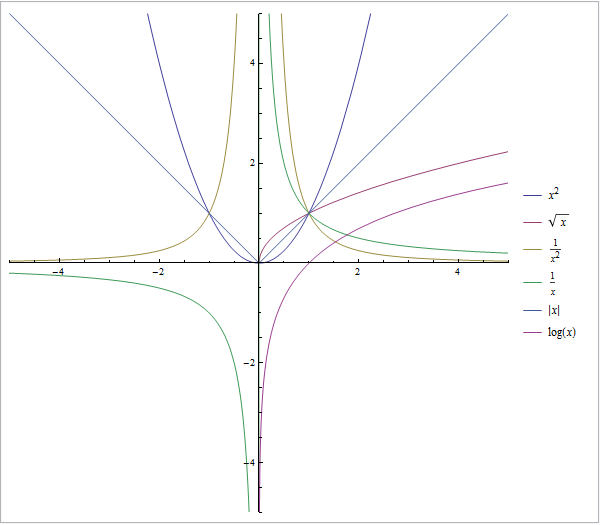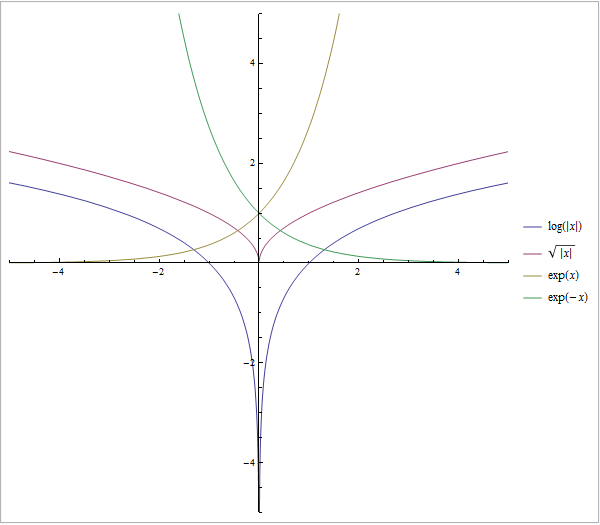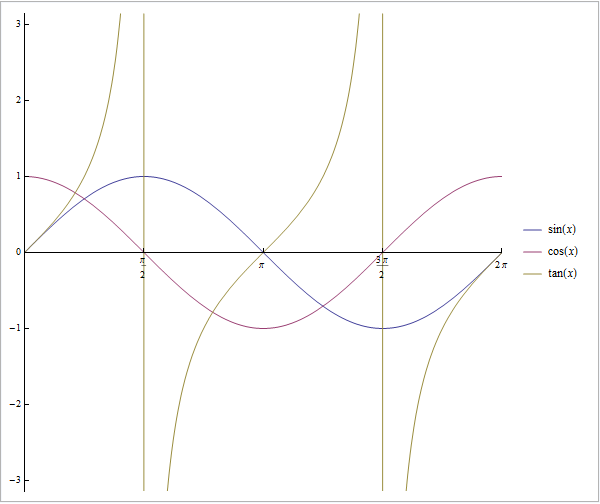Hello world!
Sep 09 2013
This year we have ten students learning calculus and at least half of them will study it next year when they go to university. Engineering, economics and architecture are the most common career paths for our calculus students.
I have been teaching calculus since 1997. During this time, I have had a large enough sample of students to make reliable inferences about skill levels and common biases. In fact student errors are extremely predictable and can be quantified statistically. However, the most interesting thing about teaching is designing a sequence of lessons that will develop their understanding.
Recent changes to NCEA Level 2 have weakened basic knowledge of graphs in a number of students studying year 13 calculus. The graphs assessment is now an internal, students could use technology to investigate more realistic and engaging scenarios, however the current coverage of graphs is narrower and only marginally more constructive than before and some schools have decided not to teach graphs in year 12. A similar unwelcome development in year 13 calculus is that some schools don’t teach trigonometry, consequently a number of students are not properly prepared for rigorous tertiary courses like engineering.
Currently all our students are studying integration, but over the last month the first five minutes of their lessons has been used to revise basic graphs and their key features. Calculus is visual and these graphs economically encode many mathematical facts.
The following are the graphs we have been revising. The image and the interactive CDF below were prepared using Mathematica.



If you want to try the CDF you will need to download cdf player.
[WolframCDF source=”http://www.ew.org.nz/wp-content/uploads/2013/09/Blog29-09-2013b.cdf” width=”641″ height=”695″ altimage=”http://www.ew.org.nz/wp-content/uploads/2013/09/Blog29-09-2013b.png” ]


